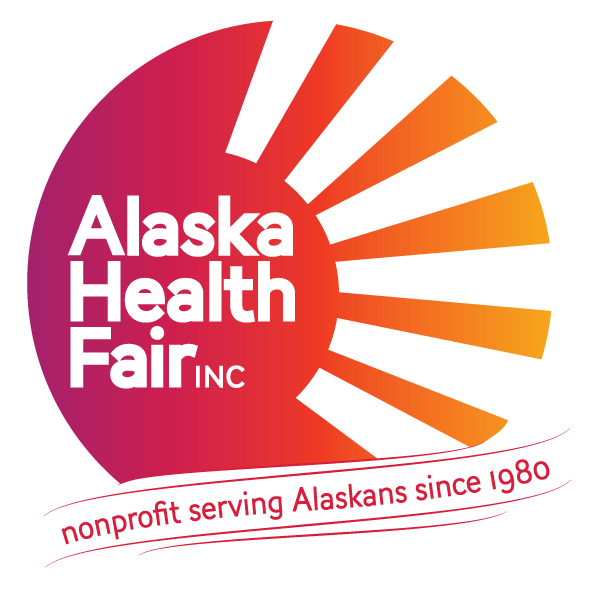New Year’s resolutions range from the simple to the extraordinary, from the promise to shovel the driveway after every snowfall to the vow to travel the world. But getting fit remains one of the most popular and enduring resolutions.
The benefits of physical activity extend far beyond the act itself. Children who get an hour of activity every day do better in school and are more confident, and the habit of physical activity shows positive results throughout the lifespan.
Whether a first-grade runner training for the mile or an Olympic skier gearing up for a world cup race, the path to success starts with realistic, concrete plans and a system for monitoring progress.
The Healthy Futures Challenge incorporates these core concepts. The program encourages the habit of fitness in Alaska children by engaging schools and students in a schedule of physical activity tracked through log sheets that kids turn in for acknowledgement and prizes.
The program allows plenty of room for play. The form of activity can vary from dance and team sports to hiking and family pool time. Incorporating joy and passion make a difference. San Francisco woman Karen Cheng taught herself to dance by committing 5 minutes a day to practicing.
She created a time-lapse video of her progress through the year and talked about how to keep a resolution in a Washington Post blog in 2014, emphasizing the importance of setting a doable goal and schedule. Instead of resolving to lose weight, Cheng said, a person should promise to do something physically active every day for a set amount of time, and then allow wiggle room for play.
She learned everything from juggling to building a design career using this strategy. “You have to be willing to try many things,” she said in the article. “When you find something you’re truly passionate about, it will prioritize itself.”
In other words, resolve to get outside (and/or inside) to play every day and the rewards will take care of themselves.
This article was contributed by our partners at Alaska DHSS

